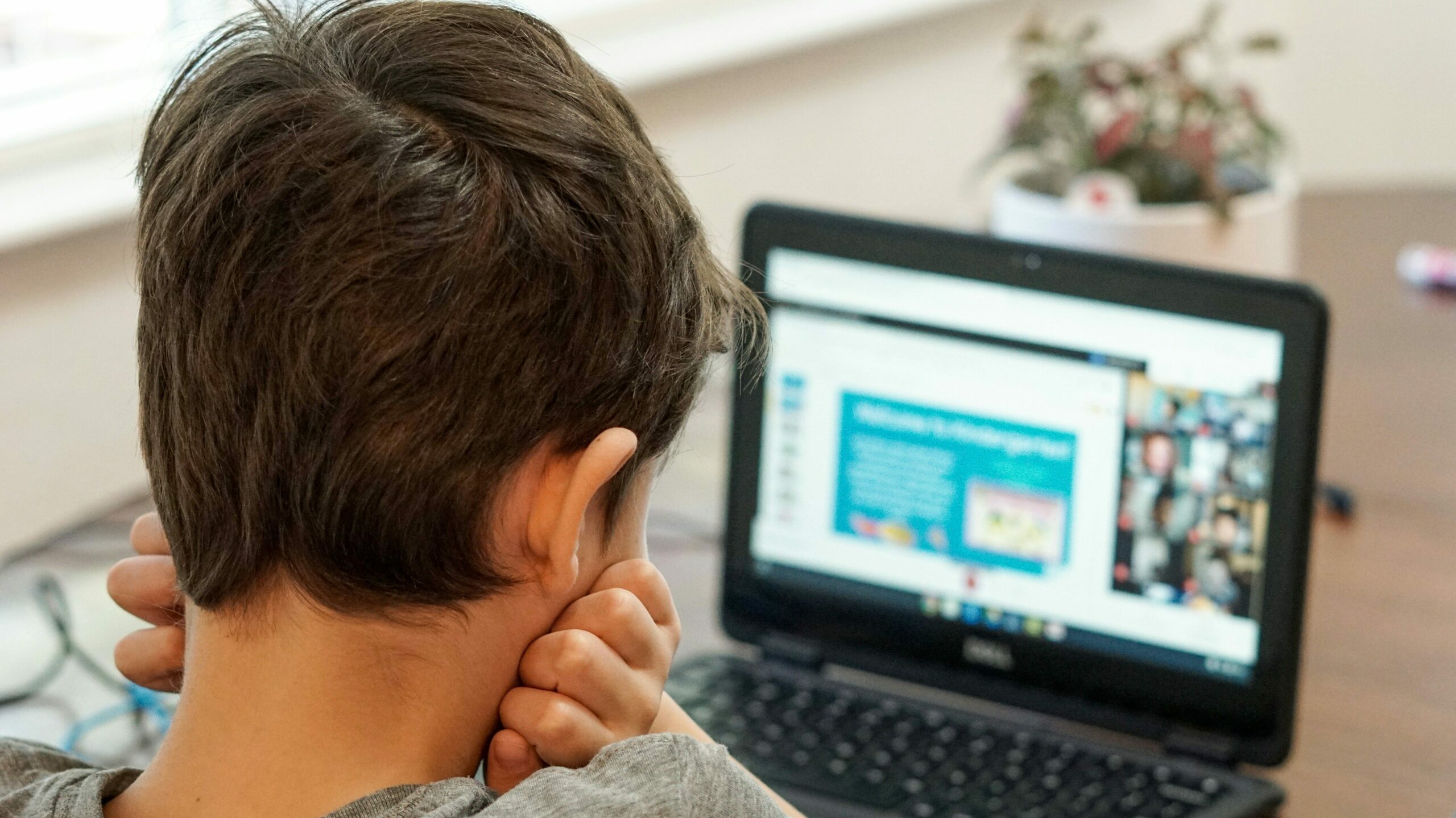
I think by the age of 8 (Grade 3), many kids have a strong understanding of how to use technology, which makes tools like H5P ideal for classroom learning. I believe H5P can significantly enhance interactive learning, allowing students to engage with lessons in fun and meaningful ways.
For example, I can use H5P to create video and audio content to teach math concepts like multiplication, division, and fractions. With H5P, students can learn at their own pace, customize their experience by changing the language, slowing down videos, or adding closed captions, making it inclusive for different learning styles.
The H5P website is a helpful resource to learn, how interactive video tutorials can be used and provides instructions on how to use them. It provides easy-to-follow instructions, which helped me understand how to add interactive elements like Multiple Choice Questions , True and False, Photos, Links making learning more engaging.
In the Journal Article , “Revolutionizing Pedagogy: The Influence of H5P (HTML5 Package) Tools on Student Academic Achievement and Self-Efficacy“, the study compared H5P tools to conventional teaching methods to determine how they affected students’ grades and confidence in learning German as a second language (Author(s), 2024). It found that students using H5P performed better and gained more confidence (Author(s), 2024). The research shows that H5P tools can improve both academic success and self-assurance.
I’ve included an example of my video, “How to Buy on Amazon,” with H5P tools added below. While I initially struggled to get the hang of H5P, it’s proven to be a valuable resource. H5P allows me to integrate quizzes or interactive elements directly into lessons, testing student comprehension in real time. This tool has become especially useful since many learning environments have shifted online due to Covid-19, giving teachers flexibility when remote teaching is necessary.


